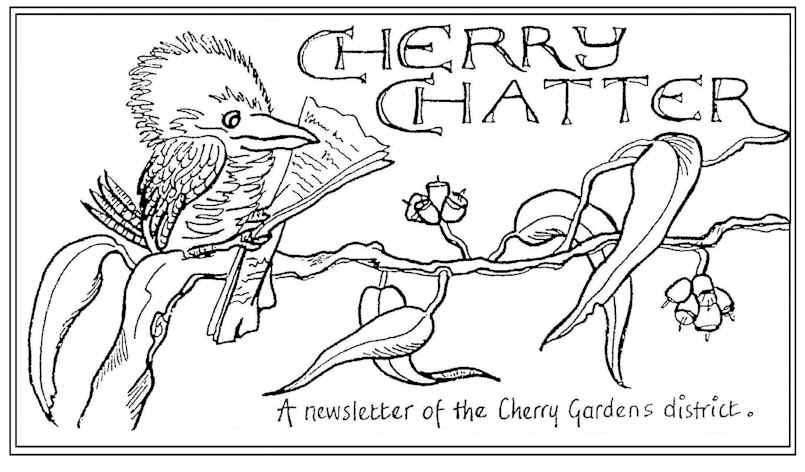Editorial
Anzac Day always stirs many emotions for me. Countless times, I have stood amongst stands of towering, whispering, soughing pines and felt the shiver of loss and grief for all those ordinary, ruddy faced boys and men, those rose-cheeked hopeful girls and women, who went off to find adventure in the ‘Great War’, only to be, often-times forlornly lost, or deeply scarred by that turbulent and catastrophic period.
There are so many War Memorial gardens, like our very own here in Cherry Gardens, scattered across our wide land, that it doesn’t take much effort to find one, then another and another and yet another, until you begin to notice how many there really are. All of them similarly engraved with the names of so many locals.
At that time Australia’s population was not even 5 million people (4,948,990). Indeed for Australia, the First World War remains the costliest conflict in terms of deaths and casualties. From a population of fewer than five million, 416,809 men enlisted, of whom more than 60,000 were killed and 156,000 wounded, gassed, or taken prisoner. Little wonder that there are so many memorials, for surely there was hardly a township or household that was not touched in some way by the sheer brutal numbers of dead and injured.
In the UK around six million men were mobilised, and of those just over 700,000 were killed, from a population that the 1911 national census recorded just over 43 million people, with just under 36 million in England, 4.8 million in Scotland and 2.4 million in Wales. The French are estimated to have lost some 1,400,000 from the 8 million French soldiers who were involved, from a population that was recorded as 36 million in their 1911 census. Around 4,000,000 US soldiers were mobilised and of these 116,708 American military personnel died during World War 1. Some 619,636 Canadians enlisted with the Canadian Expeditionary Force (CEF) during the war, and approximately 424,000 served overseas. Of these men and women, 59,544 of the CEF died during the war, 51,748 of them as a result of enemy action.
The conflict of those tragic years was indiscriminate, unrelenting and devastating, on both sides of that senseless war, with some 2,037,000 German soldiers also killed.
Perhaps alongside those staggering numbers Australia’s losses may seem slight, but when you examine the proportion of men and women, out of the total population that went, you can quickly see that the contribution was indeed enormously significant.
We are growing more and more aware as historians relentless and dutifully uncover and shed light on the everyday details of life during that tumultuous time, though diaries, letters, journals, photos and a range of other documentation and records.
These men and women had all stepped willingly forward and given of their all and at the end of it, when peace was finally won, there had been a seismic shift in our nations sense of itself; this was a defining period in Australia’s coming of age, when we began to really become a nation unto ourselves.
Lest We Forget.

